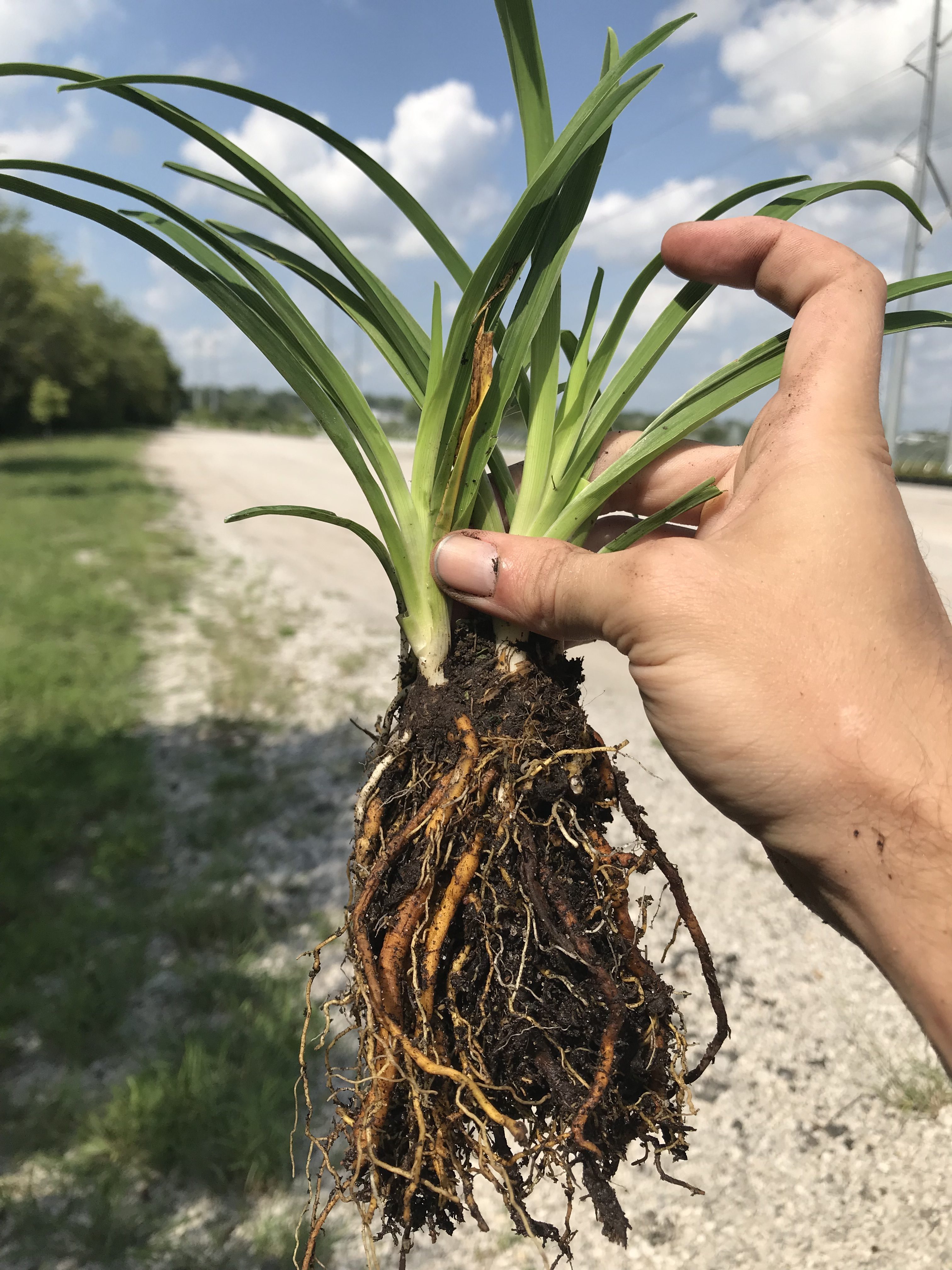The word ‘division’ may remind you of elementary school math worksheets or perhaps of the Continental Divide in Colorado. However, divisions are also one of the best kept secrets in the plant business for how to create new plants from plants you already have.
Divisions
Certain varieties of plants are able to be split in half to create new plants. This process may sound difficult, but it is actually extremely easy. Divisions are easy to transplant because they are already a plant acclimated to your yard, soil, and climate. They’re mature plants already and take less care than infant plants grown from seeds or cuttings.

Sedum Kamtschaticum Stonecrop (above)
Plants to Divide
The four main plants you can make divisions from are daylillies, ornamental grasses, hostas, and sedum (aka stonecrop). All of these plants grow in a manner where you can break them up to make entirely new plants. Below are a few examples of each.

Pictured above (left to right) are a Golden Tiara Hosta, Sunsparkler Dazzleberry Sedum, Stella D’ Oro Daylily, and Adagio Maiden Grass.
Time to Divide
1. Dig up the plant: Gently dig around the roots of the plant and shake the dirt away from the roots. These plants do not root too deep into the ground, so this will not be a taxing task.
2. Assess roots: Before you can divide the plants, you have to make sure the plants have enough roots. The biggest mistake you can make during this process is not having enough roots on your divisions. The older the plant, the more established and rooted the plant will be which will make it a better candidate for divisions. If a plant does not have enough roots, once divided, both divisions will struggle to get water and nutrients.

You can see that this freshly dug daylily has plenty of growth up top and also has a ton of roots. It is a perfect specimen for divisions.
3. Divide: Now is the time to divvy your plant up. Start at the center of the plant where the roots meet the plant (aka the crown). Carefully break apart the crown and the top of the plant. When separating the roots, go slowly and untangle roots as you go. The good news is that these plants are pretty hardy, but you still want to give them the best chance for survival after the split. If a plant is big enough, you can possibly get another division or two.

This is an example of a freshly divided daylily. Each division has plenty of roots and foliage.
4. Transplant: Now that you have your divisions, plant them back into the ground. Water immediately! Roots need to begin adapting back into the ground quickly, and to do this, they need water.

Above is a new daylily division ready to be planted.
5. Water regularly: Like any newly planted plant, you will need to water the divisions regularly in order to help them get established. Luckily, the plants are already fairly grown and accustomed to your environment, so you just need to water them 3-5 days a week rather than every day or even multiple times a day like other new plants.
6. Divide again: The same plants can be divided in the future! It will vary from plan to plant how long it will take them to get big enough to make divisions. Take caution though, this process is extremely addicting, so if you are not careful, you may have an entire yard of hostas or daylillies!

This Some plants may be large enough to divide into multiple plants such as this daylily.
Learn More About Plants From Us!
We may be a wholesale grower, but our staff are experts in the field. What’s more, is we love helping people learn more and understand more about plants. We grow healthy plants, and we want our plants (and any plants really) to be successful in the landscapes they are planted in. Feel free to email us at sales@lomavistanursery.com or call us at (785) 229-7200 if you ever have plant-related questions.

Hostas ready to be divided.
Connect with us!
Stay up-to-date on our plant recommendations, growing tips, and more by following us on social media.
